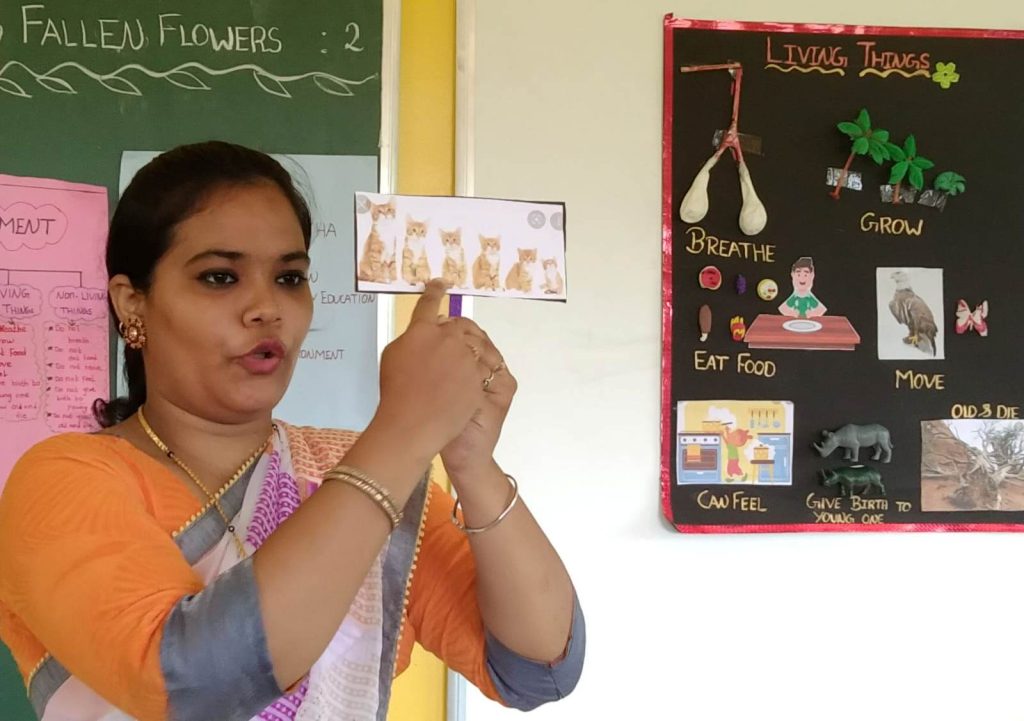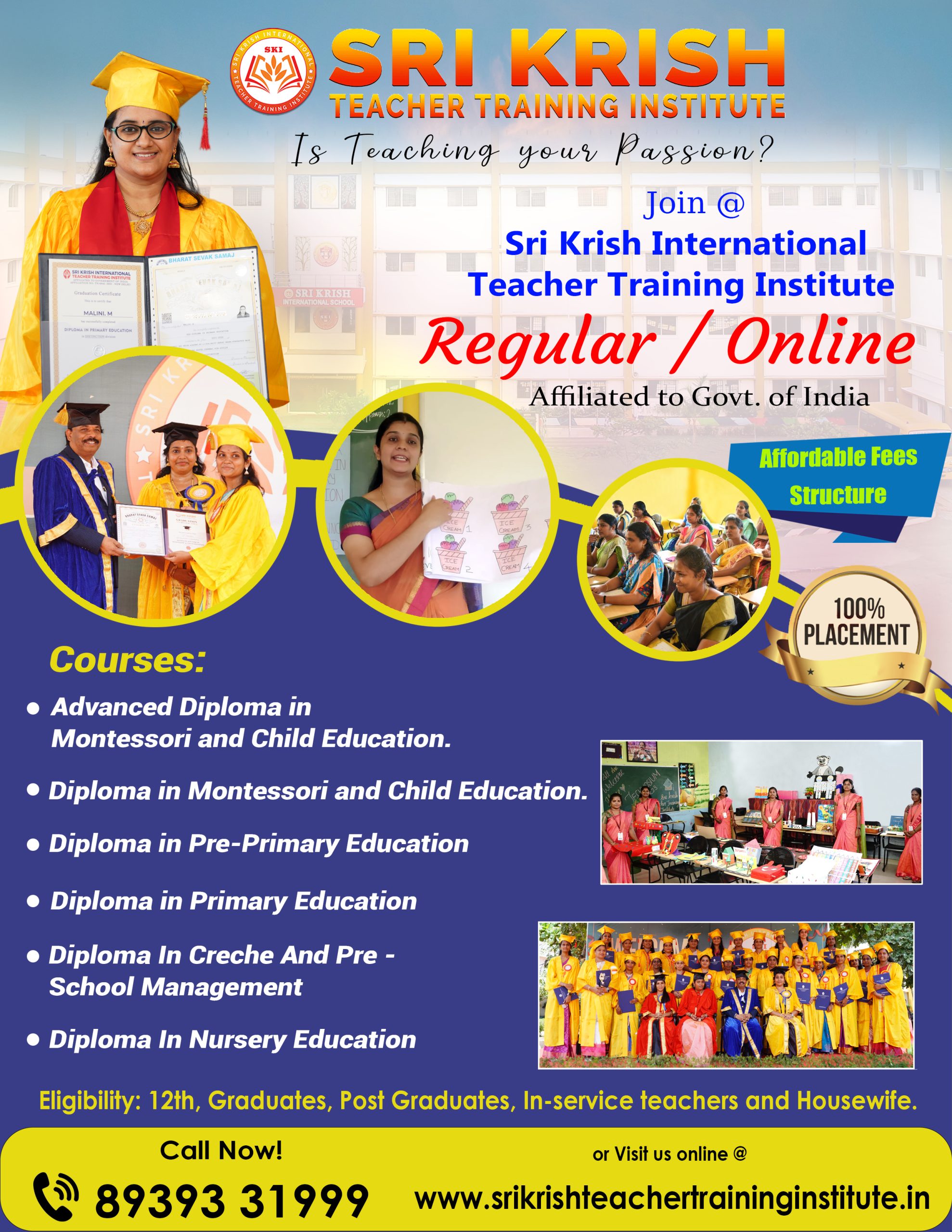In the 21st century, the traditional model of education is evolving to meet the changing needs of students and the demands of a rapidly advancing world. Here are a few reasons why teachers should embrace and train in child-centered education:
Individualized Learning Styles:
- Traditional Approach: In traditional education, the one-size-fits-all model predominates, where teachers follow a standardized curriculum and teaching methods.
- Child-Centered Approach: Child-centered education recognizes and accommodates diverse learning styles. Teachers adapt their methods to cater to individual strengths, whether a student learns best through visual, auditory, or kinesthetic means.
Critical Thinking and Problem Solving:
- Traditional Approach: Traditional education often focuses on rote memorization and standardized testing, which may not cultivate critical thinking skills.
- Child-Centered Approach: Child-centered education encourages students to ask questions, explore, and think independently. This fosters the development of analytical skills, creativity, and the ability to solve complex problems.
Preparation for the Future:
- Traditional Approach: Traditional education might prioritize the transmission of information without necessarily preparing students for the rapidly changing landscape of the future.
- Child-Centered Approach: Child-centered education emphasizes skills like adaptability, collaboration, and communication. This prepares students for a dynamic world where they may encounter new challenges and opportunities.
Intrinsic Motivation:
- Traditional Approach: External motivators, such as grades, can dominate traditional education, potentially stifling a genuine love for learning.
- Child-Centered Approach: By allowing students to explore topics of interest and make choices in their learning, child-centered education promotes intrinsic motivation. This self-motivation can lead to a deeper and more sustained engagement with the material.
Technology Integration:
- Traditional Approach: Technology may be seen as an add-on rather than an integral part of learning in traditional settings.
- Child-Centered Approach: Child-centered education embraces technology as a tool to enhance learning. It incorporates digital resources, interactive platforms, and collaborative tools, aligning with the digital literacy needed in the 21st century.
Emphasis on Soft Skills:
- Traditional Approach: Traditional education may prioritize academic achievements over the development of essential soft skills.
- Child-Centered Approach: Child-centered education recognizes the importance of soft skills, including communication, teamwork, and adaptability. Through group projects, discussions, and real-world applications, students can develop these crucial interpersonal skills.
Global Citizenship:
- Traditional Approach: Traditional education might have a narrower focus, neglecting the broader context of global issues.
- Child-Centered Approach: Child-centred education can incorporate a global perspective, exposing students to diverse cultures, world events, and global challenges. This fosters a sense of empathy, cultural awareness, and a deeper understanding of the interconnected world.
In summary, child-centered education is a response to the limitations of traditional models, aligning with the needs of a rapidly changing world. It places the learner at the center, recognizing and nurturing individuality, promoting critical thinking, and preparing students for a future where adaptability and lifelong learning are paramount.






